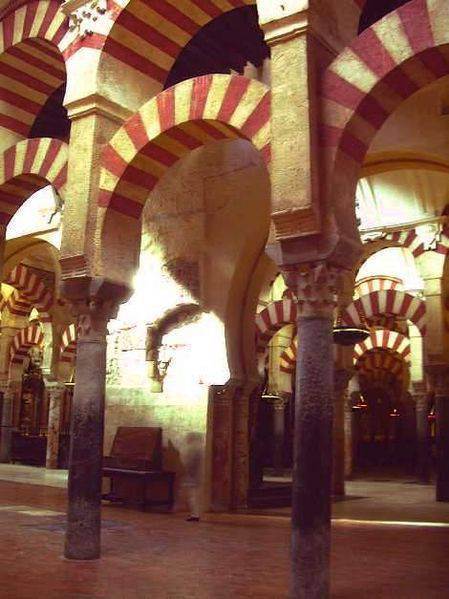The Sphinx lifting
4,500 years under the desert sun, suffering the torrid heat during the day, cool nights, sand storms, the feared khamsin, and the successive invasion of Greeks, Romans, plunders and tourists are extremely stressful, even for an impressive, forceful, 60 feet tall creature, half lion, half human. So the Egyptian Government has decided to begin a full restoration of one of the most important monuments from Ancient Egypt, the Great Sphinx of Giza, focusing on the chest and neck of the colossal statue. In addition, a group of experts will create a reproduction of the now lost nose, a decision that will be surely controversial.

About the Sphinx of Giza
Is it really necessary to say something about the extremely famous Sphinx? Possibly not, at least for the initiated or, of course, experts in Egyptology. Nevertheless, let’s explain a few things about it.
A sphinx is in concept a creature with the body of a lion and the head of a human. There is no direct reference to its religious significance until Middle Kingdom, when this figure is identified with the god Harmakhis. The Great Sphinx of Giza is the largest representation of this creature in the entire Egypt, and its authorship and chronology are still not fully clarified, although the theory that places its construction during the reign of Pharaoh Khafre (2558-2532 b.c.) is the most accepted right now. Nevertheless, there are hypothesis attributing the Sphinx to Pharaoh Kheops, and even visionaries and dreamers that assert that the creature existed before the Egyptians.
In modern times, and despite erosion and multiple aggressions, its state of preservation is acceptable, and it is one of the most visited places of Egypt . Needless to say, it was declared World Heritage by the UNESCO.
Myth and reality
Ancient Egypt is the land of legends and mysteries, too many and too often exaggerated by cinema and literature, the source of tales about curses, pyramids full of tricky and deadly traps, bad-tempered mummies and even alien pharaohs. Beyond such ridiculous stories, the serious and well documented Egyptology can offer enough mysteries to satisfy our legends-thirsty minds. And, of course, many of them are directly or indirectly related to the impressive Sphinx, arguably -with the exception of its three pyramidal neighbours- the most famous monument from its civilization.
Well known by Egyptologist is the Dream Stele , erected by Tuthmosis IV (18th dynasty) after a dream in which the Sphinx offered him the throne of Ancient Egypt in return for the promise of retiring the sand that covered the statue. The future Pharaoh kept his promise and later he became Pharaoh despite not being the previous Pharaoh’s firstborn son.
Another famous legend (real for many) is that story that refers to some supposed tunnels dug out of the Sphinx, connecting it with the three Pyramids or even with an ancient Library buried in the desert sands (quite sure H.P. Lovecraft would love this theory.) Few years after the World War II, Prince Faruk, perhaps inspired by Tuthmosis, decided to spend one night besides the Sphinx, and when he returned, he told a story about how he found a strange and large room guarded by an automaton (?). Well, unfortunately we will never know what Faruk ate or drunk that night. In recent times, a group or holes or cavities have been found in the Sphinx, and some Egyptologist think that they will form a complicated tunnel labyrinth. But if these cavities are made by ancient Egyptians, intrepid plunders, or are just fanciful forms caused by the powerful desert erosion; it is still no clarified.
Follow us on:

